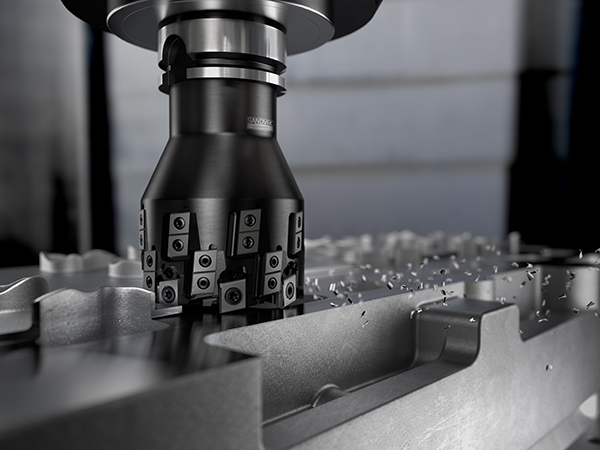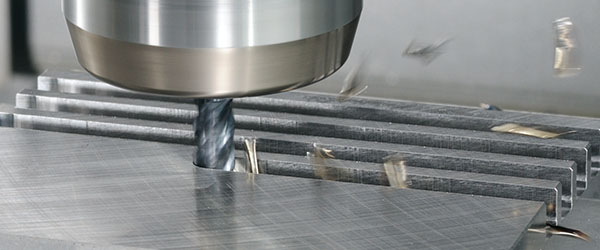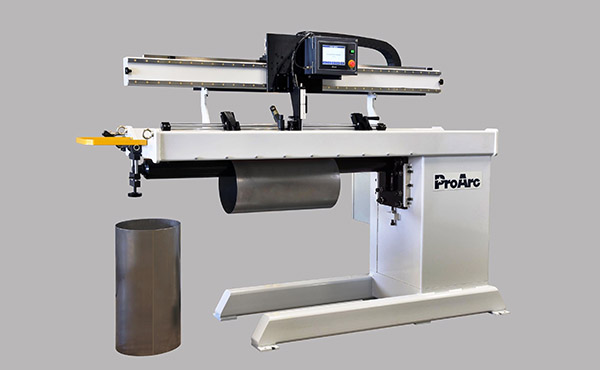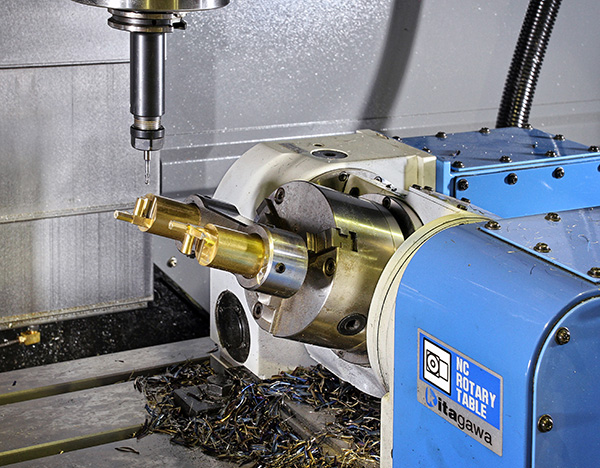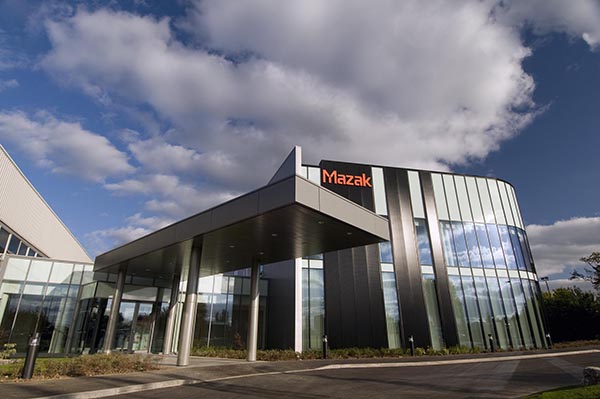In order to boost the first stage roughing operation on newly cast aluminium parts for the automotive industry, Sandvik Coromant is introducing its M5Q90 tangential milling cutter.

Designed to complete ‘cubing’ (first machining of faces after casting) in a single operation without creating burrs, the new tool is fitted with PCD tangential inserts that provide a smooth and stable cutting action to lower power consumption and eliminate vibration. This concept ensures reliable performance, improved tool life, exceptional surface finish, high metal removal rate and an increased number of parts per insert.
“To enhance efficiency, our new M5Q90 tangential milling cutter features fully engineered cutter bodies matched with dedicated PCD insert geometries that feature a positive cutting angle to reduce cutting force and load on the machined component,” explains Emmanuel David, global automotive product manager.
M5Q90 cutter bodies are designed according to customer specifications and hence meet the requirements of high-productivity machining – the tool can operate in high-speed conditions in excess of 20,000 rpm. However, all cutter bodies offer the same design of tip seat, coolant channel, lead angle and rake angle. Inserts are always kept in stock.
Aluminium cylinder heads and engine blocks will be among the principal components to benefit, typically at automotive foundries or tier one/two suppliers. By way of example, the cubing operation on a cast cylinder head would involve machining the camshaft face, inlet/outlet face and combustion face. Typical cutting data using M5Q90 might include a speed of 2500 m/min and feed per teeth of 0.20 mm. Users also benefit from high-precision coolant channels that provide the option for either emulsion or MQL application.
For further information www.sandvik.coromant.com







